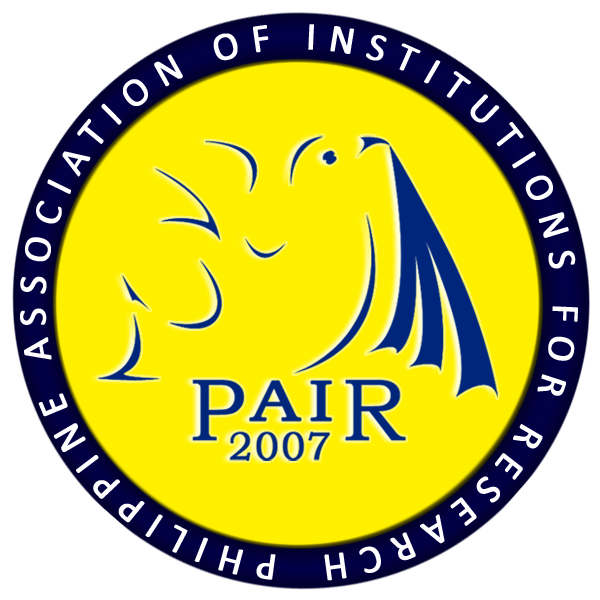High School General Point Average (GPA) as Basis for Students' Academic Performance in College
DOI:
https://doi.org/10.7719/irj.v5i1.344Keywords:
Education, freshmen education students, academic performance, quantitative-correlational research design, PhilippinesAbstract
One of the determinants for a successful career is academic performance. The study sought to determine the academic performance of freshmen Education students from the school years 2010-2013. The data were gathered through prepared questionnaires. Collected data were analyzed through frequency counts, percentage, and measure of central tendency. Results showed that more female students were attracted to teaching profession. Moreover, it was discovered that their parents are farmers and housekeepers with an average monthly income of Php 9, 752.92 (216 USD) only. Most of the respondents graduated from public high schools. Some of them did not meet CHED's grade requirement of 85% when enrolled. Test of relationship between high school and college GPAs (academic performance) showed a moderate inverse relationship. The Analysis of Variance (ANOVA) showed a significant linear relationship between high school (GPA) and college (GPA) at .01 alpha level of significance. Therefore, students' academic performance in college can be determined by their high school GPA. With this, CHED's regulating policy during enrollment should be strictly practiced in the Visayas State University (VSU), Philippines. Lastly, the College of Education should impose retention scheme for freshmen Education students especially for males.
References
Alhajraf, N.M., & Alsfour,. A.M. (2014). Impact of demographic and academic characteristics on academic performance. International Business Research, 7(4), 92-100. Retrieved on December 8, 2015 from DOI:10.5539/ibr.v7n4p92
Downloads
Published
Issue
Section
License
Copyright (c) 2015 Celso P. Ensoy, Melinda L. Lavega

This work is licensed under a Creative Commons Attribution-NonCommercial 4.0 International License.









